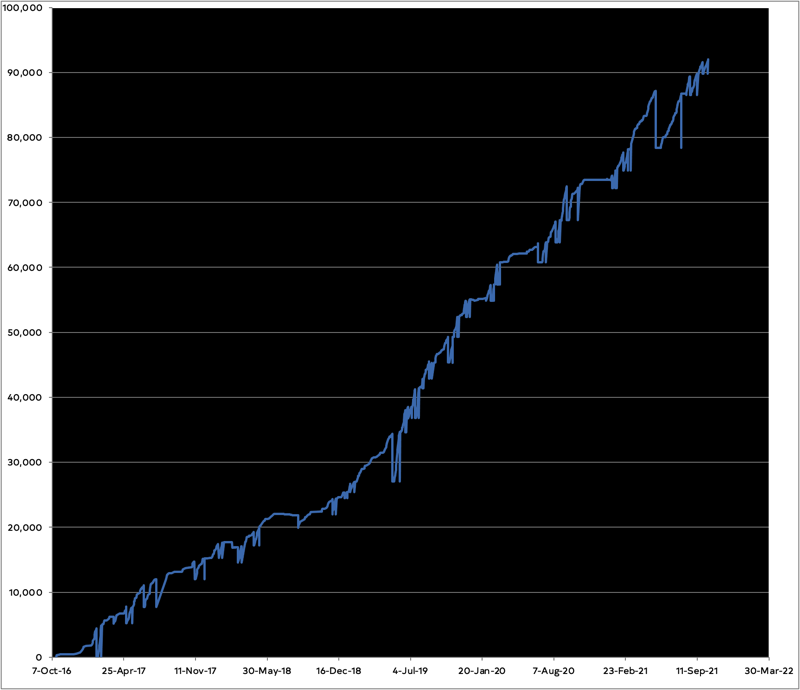A week shy of five years after I started writing, I  have a complete first draft of the novel. It’s been a long journey and there’s still a lot of work to be done, but there’s a complete story now. Things I still have to fix include making sure characters don’t change names mid-novel as well as taking advantage of the fact that I now know more about the characters than I did when I began so I can flesh out a lot of details (and eliminate out-of-character behaviors) as I work further on the novel.
have a complete first draft of the novel. It’s been a long journey and there’s still a lot of work to be done, but there’s a complete story now. Things I still have to fix include making sure characters don’t change names mid-novel as well as taking advantage of the fact that I now know more about the characters than I did when I began so I can flesh out a lot of details (and eliminate out-of-character behaviors) as I work further on the novel.
I have a rather structured process for the beginning of my work on fiction: I write a complete first draft.¹ Then I read it, scribble all over it making notes about how awful everything is and what makes me think I can write. Then I rewrite the whole thing from scratch starting with a blank Word document.² Again, I read the whole thing, plugging my nose to get to the end. The finalish step is to revise it: Now, instead of retyping everything, I let myself just work on the existing document and just change those bits that need to be changed.⁴ Once I’ve reached this stage is the piece finally ready to show to someone else.
Each chapter has gone through this three stage process (which explains the zig-zag pattern in the diagram above), in some cases, a chapter has gone through even more revisions,⁶ so this “first” draft is kind of a third+ draft. Nevertheless, the next step is to read the whole thing, then do a rewrite as above and finally a revision before I start thinking about workshopping it. But first, I can at least celebrate a little.
- Sometimes it takes more than one draft to actually get that first draft.
- This practice dates back to the days when I was in high school and I would write my columns for the school paper sitting on the floor with an antique manual typewriter, typing with a long-past-its-prime ribbon onto notebook paper³ and then the next day, I would retype a clean copy on an electric typewriter in the school paper’s offices.
- Because typewriter paper wasn’t all that readily available in the ’80s.
- This doesn’t really have a counterpart to my practices in high school. Word processors were still pretty primitive back then, as in you had to enter printer control-commands into the manuscript if you wanted bold or italics or underlining.⁵ And forget about footnotes at the bottom of the page. Although, as you might have guessed from this post, I’m perhaps someone who shouldn’t be trusted with easy footnotes.
- And the printers that our school had, would, if you had something underlined that started on one line and ended on the next, continue the underline right to the edge of the page on the first line, then start at the left edge of the next line and continue it to the end of the document.
- The most revisions any individual chapter has seen is eight, but 4–7 revisions are not uncommon.
Leave a Reply